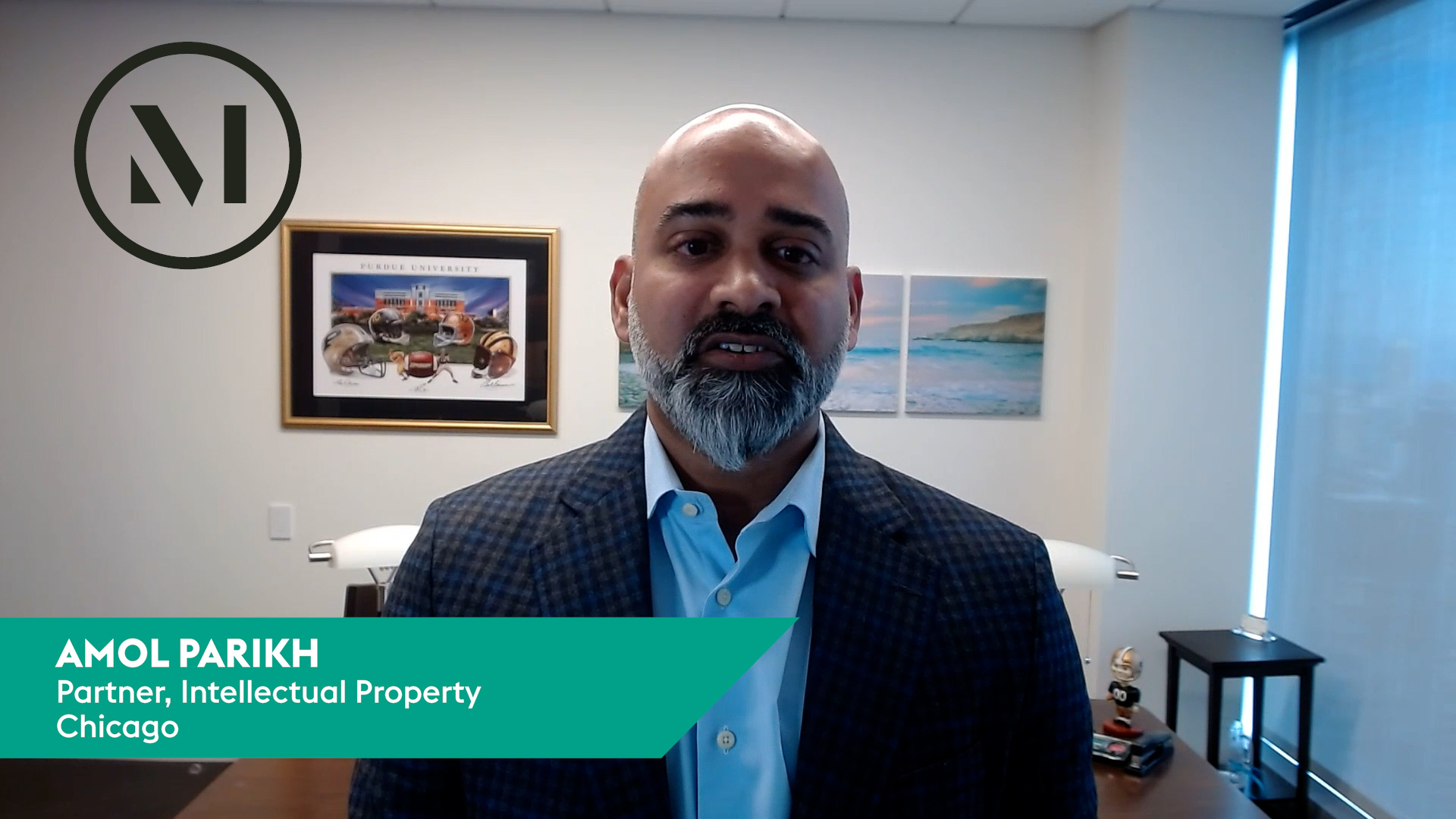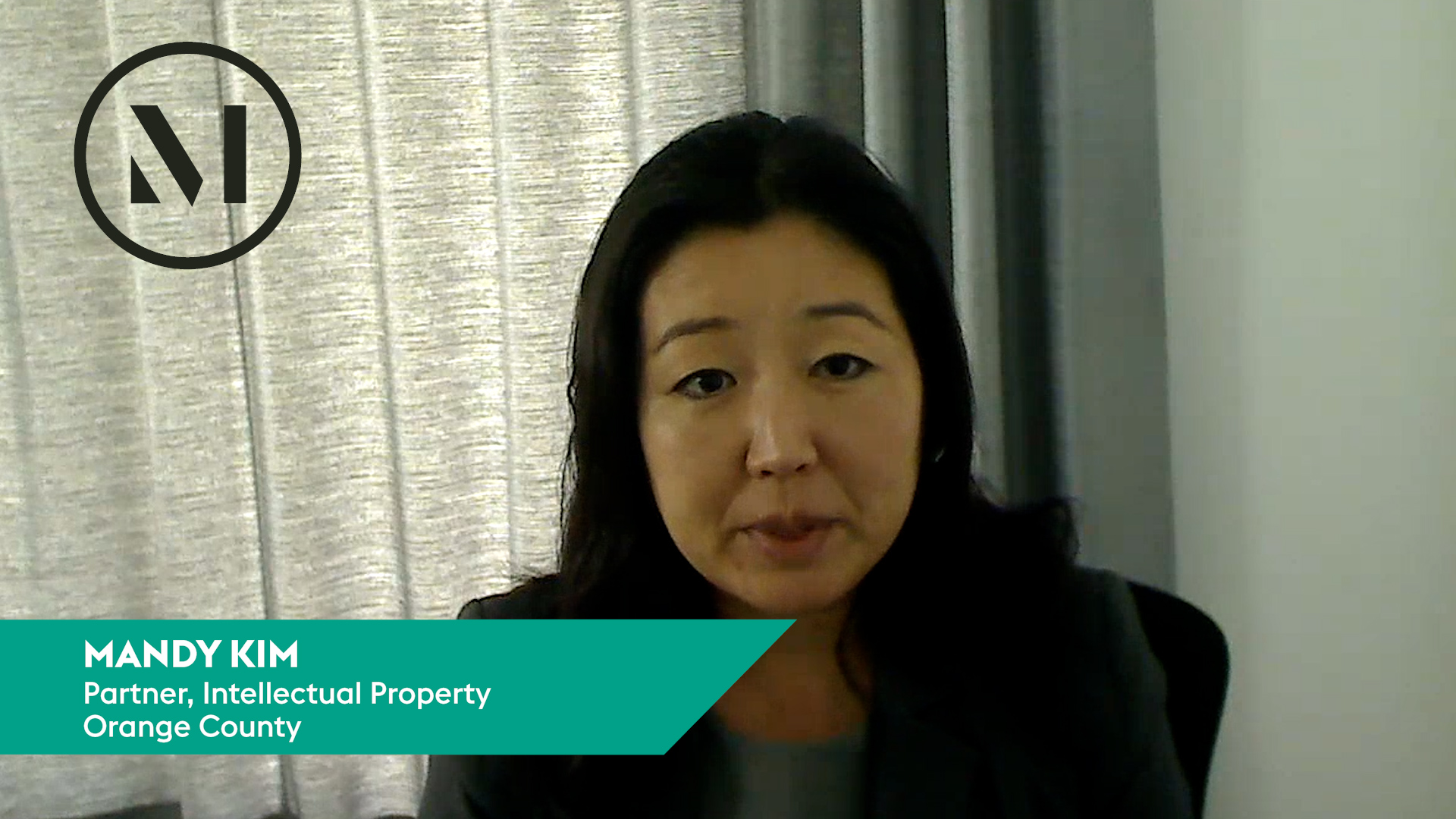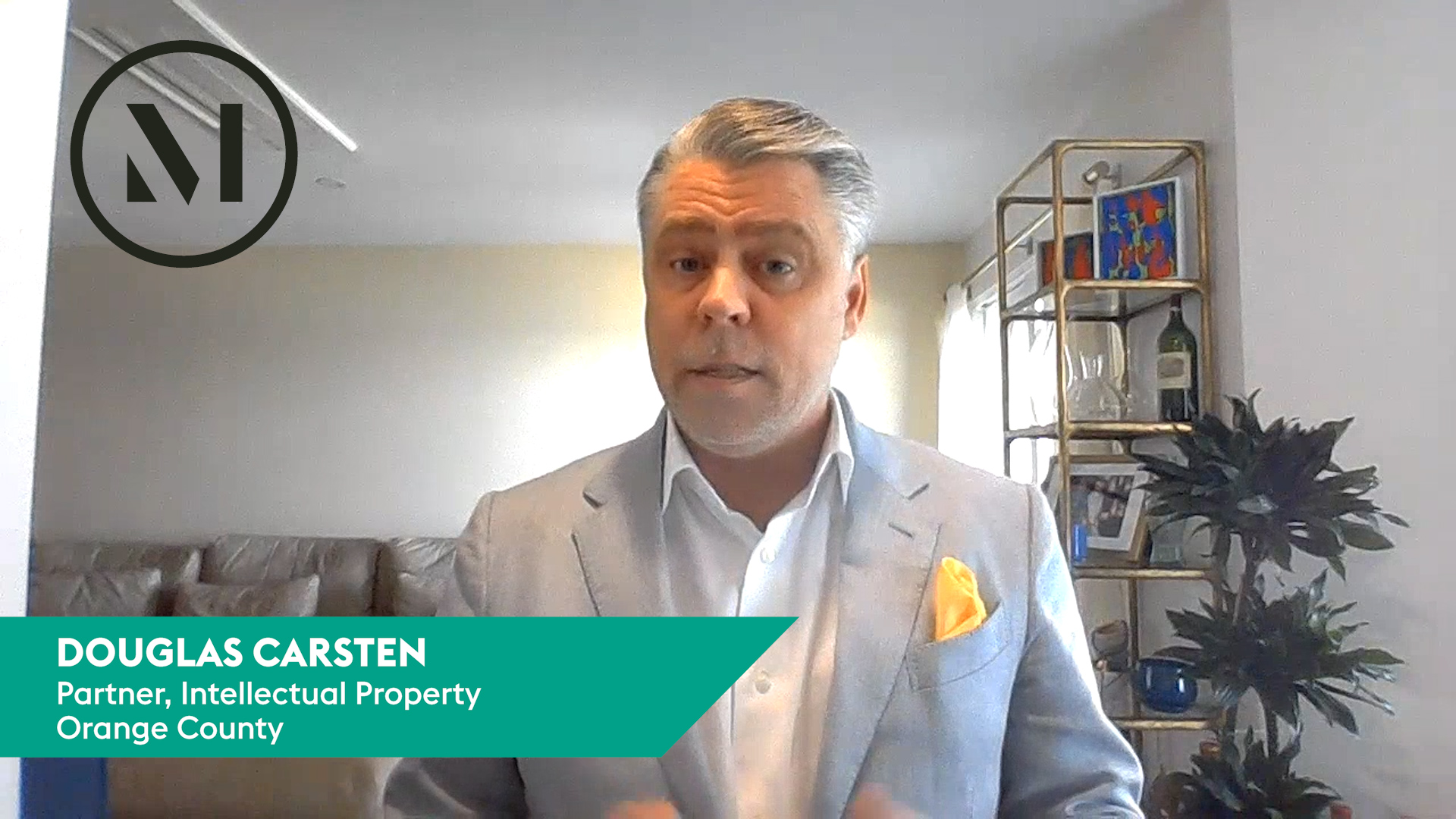Affirming an obviousness decision by the Patent Trial & Appeal Board (Board), the US Court of Appeals for the Federal Circuit explained that the expectation of success need only be reasonable and not absolute. Transtex Inc. v. Vidal, Case No. 20-1140 (Fed. Cir. Feb. 3, 2023) (Prost, Reyna JJ.) (Schall, J. dissenting).
Transtex makes aerodynamic trailer skirts, which improve fuel efficiency by reducing air drag. Transtex sued WABCO in the US District Court for the Eastern District of Michigan, alleging that WABCO’s trailer skirts infringed several Transtex patents. WABCO responded by filing two inter partes review (IPR) petitions, one of which was against a patent with claims directed to “resilient” trailer skirts and the “resilient” struts used to attach them to a trailer.
WABCO argued that the challenged claims of the patent were obvious over a combination of the Layfield and Rinard references. WABCO submitted expert declarations stating that a person of ordinary skill in the art would have recognized that Layfield’s rigid struts could benefit from being constructed of resilient, more flexible material. Accordingly, a skilled artisan would have been motivated to look to other, similar types of trailer components that are also flexible—like that disclosed in Rinard—to improve upon Layfield’s rigid struts. WABCO successfully relied on much of the same expert testimony to argue that a skilled artisan would also have enjoyed a reasonable expectation of success in combining the more rigid struts of Layfield with the compressible materials taught in Rinard because Rinard taught the utility of having compressible “air scoops” at the tail end of a trailer, which would compress downwards when the trailer contacted a loading dock.
The Board agreed with WABCO and found the challenged claims obvious. According to the Board, Layfield taught all of the claim limitations except for a “resilient strut” that could flex both toward the center of the trailer and away from the center of the trailer and then regain its shape while Rinard taught the benefits of using compressible air scoops made out of a resilient material as part of a trailer skirt system. The Board also concluded that a skilled artisan would have been motivated to combine Layfield with Rinard and would have had a reasonable expectation of success, given the predictable nature of the field. Transtex appealed.
The Federal Circuit affirmed, finding that substantial evidence in the form of expert testimony supported the Board’s finding that although Layfield taught a more rigid strut instead of a resilient strut as claimed, a skilled artisan would have been motivated to combine Layfield’s strut with the resilient materials disclosed in Rinard and would have enjoyed a reasonable expectation of success when doing so. The Court concluded that this was a case where the evidence of motivation to combine, which “everyone agrees meets the substantial evidence threshold,” significantly overlapped with the evidence relating to a reasonable expectation of success, so it was correct to conclude that a skilled artisan would have reasonably expected the resiliency benefit that motivated them to combine [...]
Continue Reading
read more

 Subscribe
Subscribe





